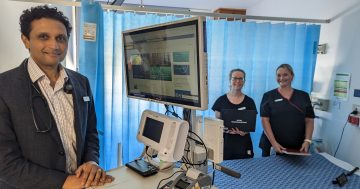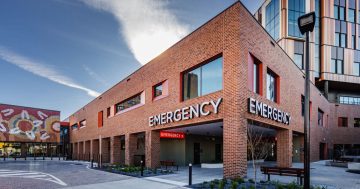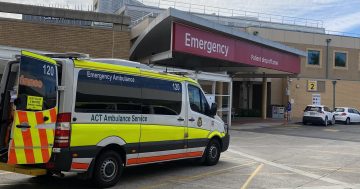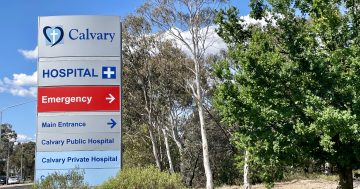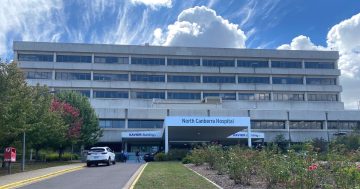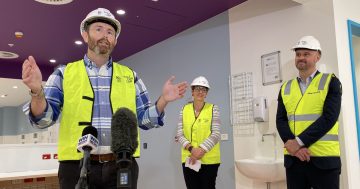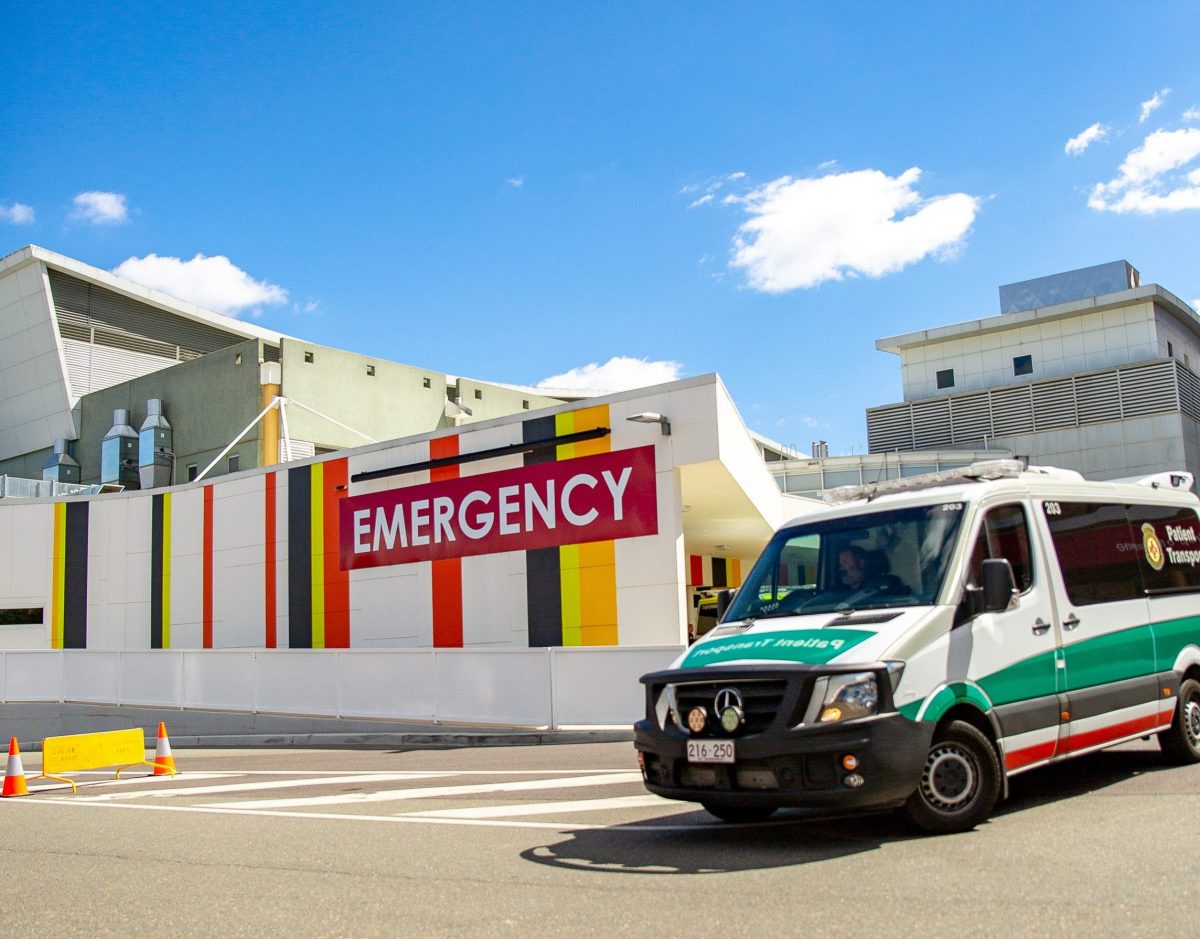
It’s perhaps an unsurprising finding but Canberra’s emergency departments are under pressure, as are those all around the country. Photo: George Tsotsos.
Demand for emergency care in the Territory has never been higher and patients who need a bed have never been waiting longer for one.
That’s been laid bare in a new report from the Australasian College of Emergency Medicine (ACEM), which showed the performance of emergency departments around the country was failing to keep up with demand.
College president Clare Skinner said the data spoke for itself.
“Emergency department overcrowding, ambulance ramping, overly long waits for care, burnt-out healthcare workers leaving the sector, and adverse outcomes for patients – including avoidable deaths – are becoming ‘normal’,” she said.
“If you need emergency care in Australia right now, you will wait longer than ever before. If you need to be admitted to hospital, you are more likely than ever before to get stuck in the emergency department due to a lack of hospital beds, or a lack of appropriate, accessible support in disability or aged care.”
According to the college’s report, the performance of emergency departments in the ACT had only worsened in the past five years.
In 2020-2021, the ACT recorded the highest-ever number of presentations (360 per 1000 people) to emergency departments.
Of the 153,000 presentations to the emergency department, more than one-third required admission to hospital, an increase of 6 per cent in the past five years.
That’s the second-highest of all states and territories across the country.
Concerningly, over the same period, the number of available public hospital beds had not increased.
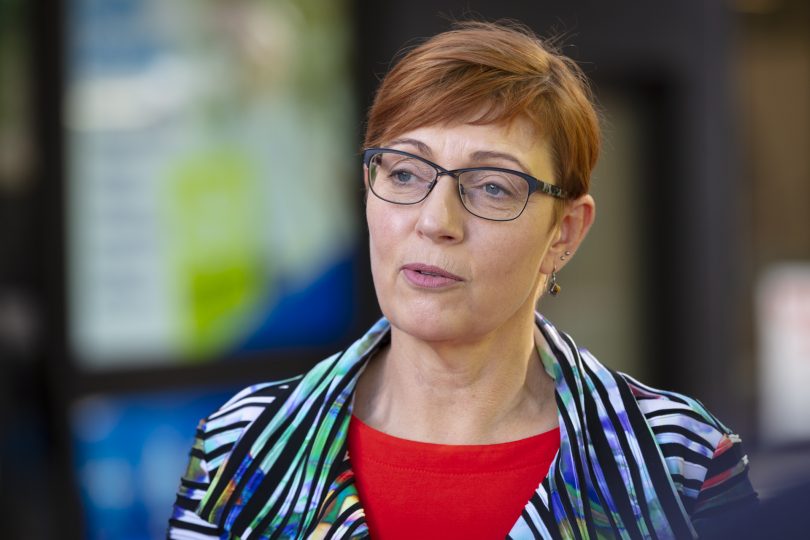
Minister for Health Rachel Stephen-Smith has acknowledged the pressure on the Territory’s emergency departments in recent months. Photo: Thomas Lucraft.
In the year covered by the report, it took patients admitted to hospital more than 12 hours to depart the ED, four hours longer than the recommended timeframe.
The ACT’s emergency departments had also slid backward on the percentage of patients departing the department within four hours.
In 2016-17, 83 per cent of all discharged patients were departing the ED within four hours of arrival. In 2020-21, this had decreased to 66 per cent.
For admitted patients, only 38 per cent had a bed within four hours of arrival – down from 51 per cent in the 2016-17 year.
Other concerning metrics had also jumped in the Territory.
Seven per cent of people coming to the emergency department either did not wait for treatment or left at their own risk.
This percentage had increased by 74 per cent compared with the 2016-17 financial year.
Aboriginal and Torres Strait Islander people were also overrepresented in hospital presentations, making up 4 per cent of presentations despite accounting for 3 per cent of the population.
People aged 65 or older were also more likely to access emergency department services, accounting for 17 per cent of the total population yet representing 21 per cent of all presentations.
Pressure on the ACT’s emergency departments is not a new phenomenon and ACT Health’s latest quarterly report showed demand had jumped by 8 per cent as the ED’s performance declined.
Some 39.7 per cent of patients received treatment within a clinically recommended timeframe, down on 52.1 per cent in the previous quarter, while 45.6 per cent of patients spent four hours or less in EDs, down from 53.3 per cent in the previous quarter.
Random spikes in demand, coupled with staffing pressures, have forced Canberra Health Services to issue pleas for people to seek alternative options for care repeatedly throughout the year.
Managing bed block, which occurs when patients require extended hospital stays or cannot be discharged into aged care and so ED patients have to wait longer for a bed, has also been challenging.
CHS has recommended patients consider care alternatives such as a GP, a Walk-in Centre, CALMS (Canberra After Hours Locum Medical Services), the National Home Doctor Service and Healthdirect.













